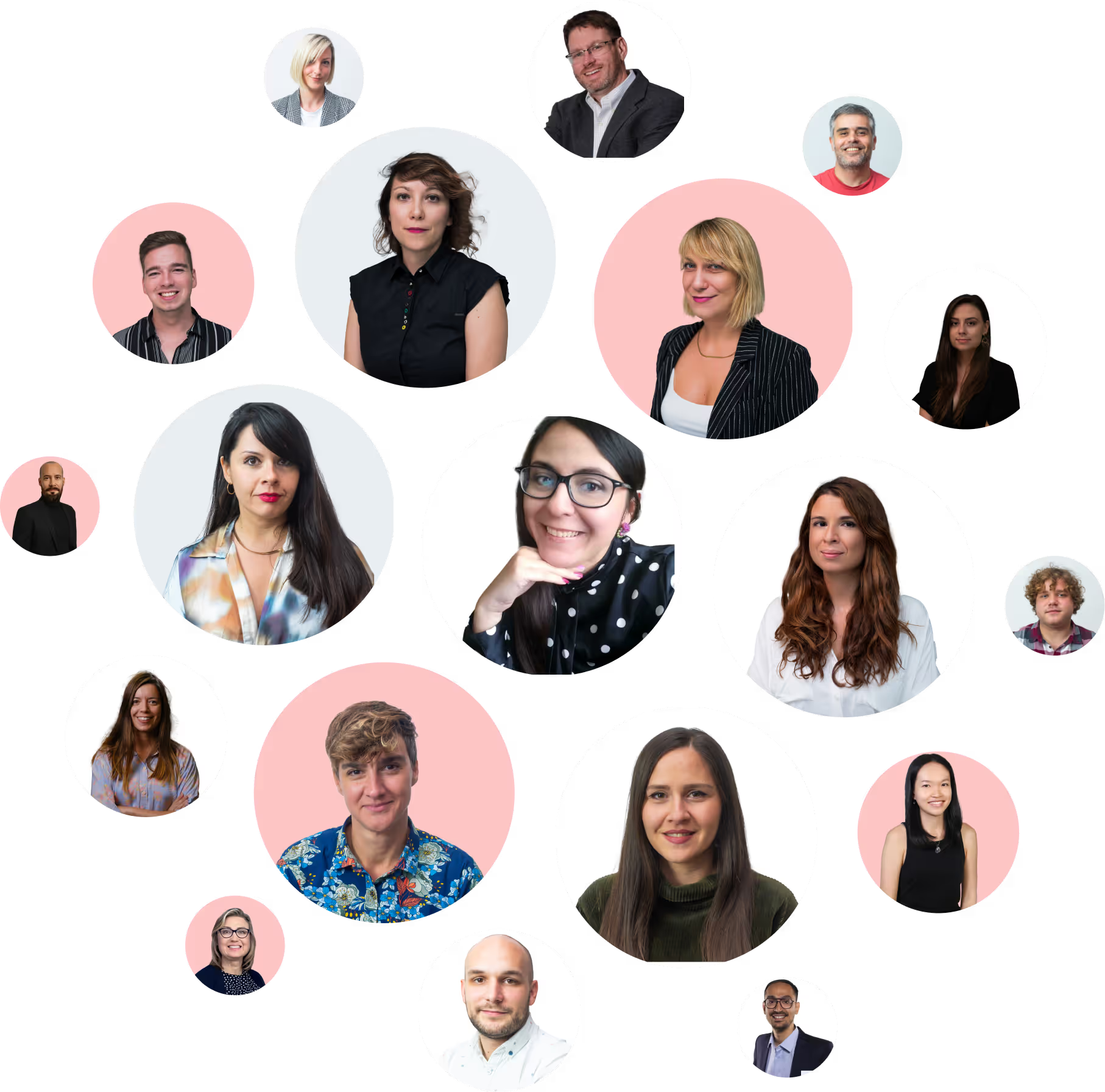
Which industries have it harder standing out on social media
We recently ran a comprehensive Facebook advertising study among six different industries: Food, Beverage, Cosmetics, Banking&Telco, Travel services, and Technology. You can find the evergreen advice based on over 2000 respondents in our podcast, and the most actionable tips here – but what are the differences and specifics of each industry we tested, and how should advertisers use this information to their benefit?
A bigger challenge for some industries
All ads are competing in the same space, but this might be more challenging for some industries than for others. The principal difference we observed lies among the Food and Beverage industries on one side and the Services industries on the other (Services in the broader sense include Banking, Telecommunications, and various travel services). Ads from the Food industry got the most attention (5s), while those from Banking, Telco, and Travel Services got the least amount of attention (3.8s). This kind of discrepancy is logical, as food and beverages are predisposed to attract attention from a biological perspective.
Have you made your ads clear?
There were also some variations in the perceived clarity: ads from Food and Beverage industries were marked as the clearest, while ads from Services were less clear. As we mentioned in our podcast, showing the product front and center, right off the start, will make the ad more straightforward. However, companies that offer services don’t have the luxury of being that literal. So, instead of showing the product, they can show the brand or logo in the video thumbnail, or the first few seconds – especially if the brand is well known and likable.
Drive impact with your logo and product
To make an even stronger impact, make sure your brand logo is visible – for example, that it is contrasted against the background and positioned centrally on the screen. The brand itself affects perception significantly – so while these tips are universal, if we are talking about a love brand, some rules might be broken, and still yield great results.
One good example from our study is an ad from the food industry: it displayed a product shot in the first second of the ad, which resulted in maximum visibility and above-average recall. This turns upside-down the traditional TVC narrative with a product shot in the last scene, and is a perfect example of creative content created with social media in mind. The ad is short, simple, yet clear and direct. Conclusion for the Food industry: you have a great product – show it!
Although it may be more challenging for ads from the Service industry to make their way through the social media jungle, there are some bright examples. In another ad we tested, the first scene is depicting people, the brand logo is present, and in clear contrast with the background. This scene is emotionally engaging, with two people talking and a motivational message. Our recommendation for that particular example would be to position the logo centrally, as it would yield even better visibility and ad recall.
A further dive into industry differences:
- For example, in the tech industry, manufacturers have a better emotional impact than e-commerce retailers selling tech. On the other hand, retailers have better recall, and manufacturers win on likability, brand fit, and Facebook fit (+4%). Again, this type of divide is quite logical – manufacturers strive to build a brand relationship, while retailers aim for broader awareness, and their results support this.
- When it comes to traveling, we compared traditional hotels vs. digital booking services. Ads for regular traveling services are seen as more ordinary; however, they are stronger on brand opinion and emotional reach – which is expected because they are established brands. Digital traveling services are playing on innovativeness, memorability, and impact, while traditional services are investing in building an emotional connection with the consumers.
- In the beverage industry, ads for non-alcoholic beverages have better overall performance than those for alcoholic beverages. Non-alcoholic beverage ads were more emotionally engaging (by 2%), have better recall (+21%), better brand opinion (+22%), and higher stated purchase intent (+24%). The tested alcoholic beverage ads scored lower on brand differentiation, were less entertaining and informative, and did not containing novelty. The tested ads for non-alcoholic brands came from established brands, had with a visible product and message right at the beginning, which probably affected ad recall and purchase intent.
In essence, the industry of the brand will prescribe the communication strategy that will be effective in a cluttered social media feed. Read a recap of factors to have in mind when creating digital ads, and request our podcast for more advertising insights!










